Rigetti unveils 80-qubit processor quantum computer consisting of two 40-qubit computers, and experiments with ‘third state’ in quantum processors.


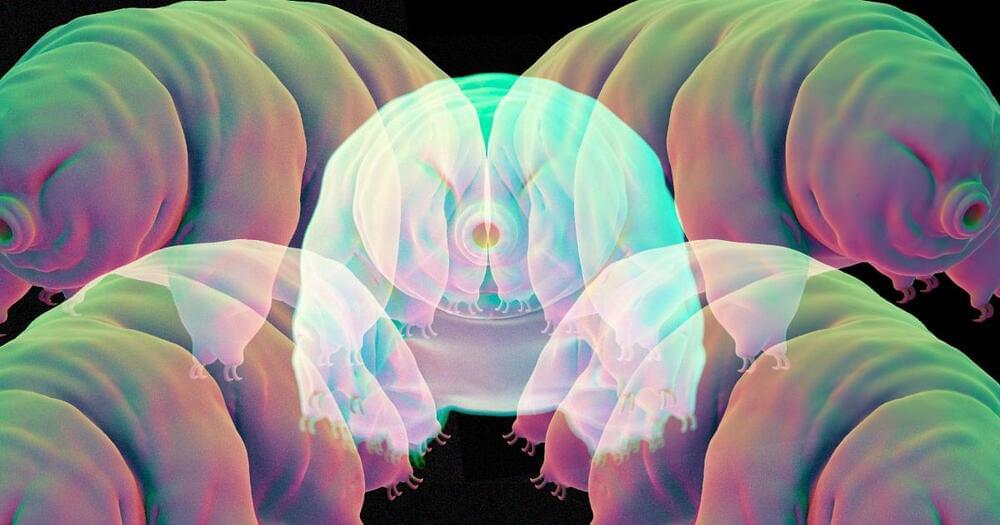
A team of researchers from Europe and Asia claim to have quantum entangled frozen tardigrades, microscopic animals that are extremely hardy and can withstand practically any conditions or abuse.
According to a new controversial preprint, the researchers managed the feat by placing frozen tardigrades between two capacitor plates of a superconductor circuit to form a qubit, the quantum equivalent of a bit.
Upon contact, they say, the tardigrade changed the qubit’s frequency.
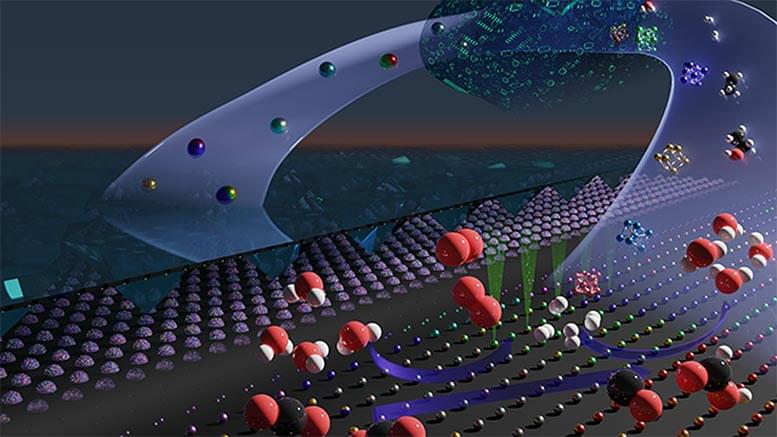
AI machine learning presents a roadmap to define new materials for any need, with implications in green energy and waste reduction.
Scientists and institutions dedicate more resources each year to the discovery of novel materials to fuel the world. As natural resources diminish and the demand for higher value and advanced performance products grows, researchers have increasingly looked to nanomaterials.
Nanoparticles have already found their way into applications ranging from energy storage and conversion to quantum computing and therapeutics. But given the vast compositional and structural tunability nanochemistry enables, serial experimental approaches to identify new materials impose insurmountable limits on discovery.
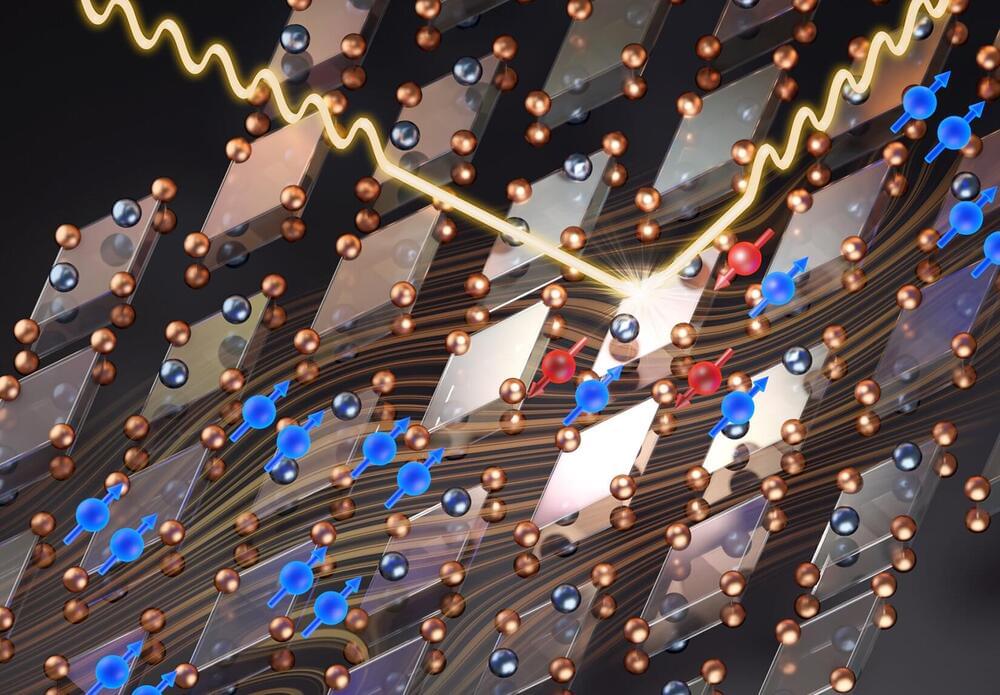
A Rice University-led study is forcing physicists to rethink superconductivity in uranium ditelluride, an A-list material in the worldwide race to create fault-tolerant quantum computers.
Uranium ditelluride crystals are believed to host a rare “spin-triplet” form of superconductivity, but puzzling experimental results published this week in Nature have upended the leading explanation of how the state of matter could arise in the material. Neutron-scattering experiments by physicists from Rice, Oak Ridge National Laboratory, the University of California, San Diego and the National High Magnetic Field Laboratory at Florida State University revealed telltale signs of antiferromagnetic spin fluctuations that were coupled to superconductivity in uranium ditelluride.
Spin-triplet superconductivity has not been observed in a solid-state material, but physicists have long suspected it arises from an ordered state that is ferromagnetic. The race to find spin-triplet materials has heated up in recent years due to their potential for hosting elusive quasiparticles called Majorana fermions that could be used to make error-free quantum computers.
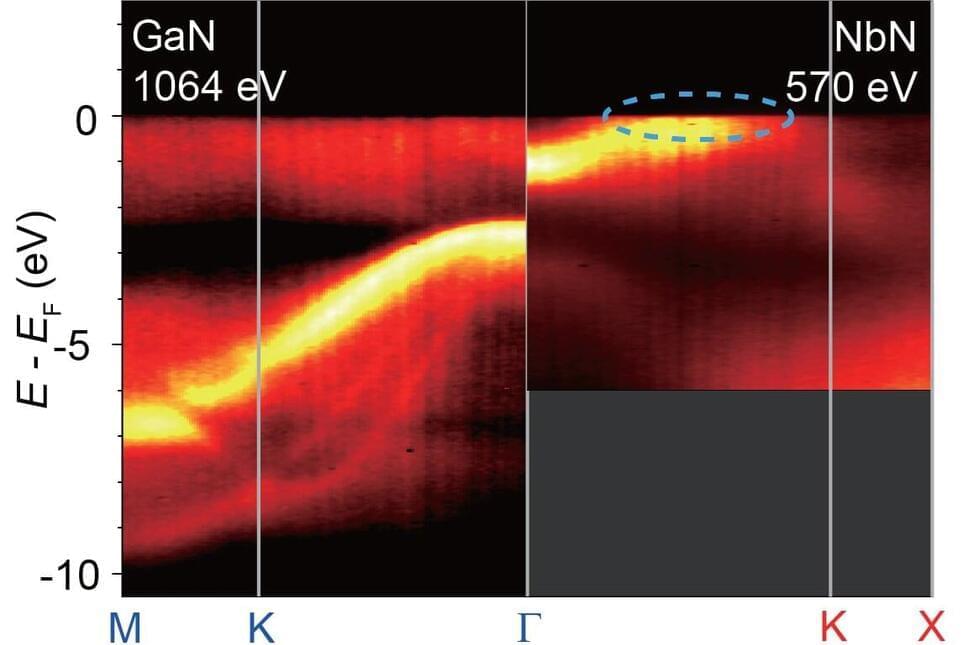
Quantum effects in superconductors could give semiconductor technology a new twist. Researchers at the Paul Scherrer Institute PSI and Cornell University in New York State have identified a composite material that could integrate quantum devices into semiconductor technology, making electronic components significantly more powerful. They publish their findings today in the journal Science Advances.
Our current electronic infrastructure is based primarily on semiconductors. This class of materials emerged around the middle of the 20th century and has been improving ever since. Currently, the most important challenges in semiconductor electronics include further improvements that would increase the bandwidth of data transmission, energy efficiency and information security. Exploiting quantum effects is likely to be a breakthrough.
Quantum effects that can occur in superconducting materials are particularly worthy of consideration. Superconductors are materials in which the electrical resistance disappears when they are cooled below a certain temperature. The fact that quantum effects in superconductors can be utilized has already been demonstrated in first quantum computers.

Theoretical “lumps” called Q balls formed in the moments after the Big Bang.
One of the biggest cosmological mysteries is why the universe is made up of way more matter than antimatter, essentially why we exist. Now, a team of theoretical physicists says they know how to find the answer. All they need to do is detect the gravitational waves produced by bizarre quantum objects called Q balls.
Every kind of ordinary matter particle has an antimatter partner with opposing characteristics — and when matter interacts with antimatter, the two annihilate each other. That fact makes our existence a mystery, as cosmologists are pretty sure that at the dawn of the universe, equal amounts of matter and antimatter were produced; those matter and antimatter partners should have all annihilated each other, leaving the universe devoid of any matter at all. Yet matter exists, and researchers are slowly uncovering the reasons why.
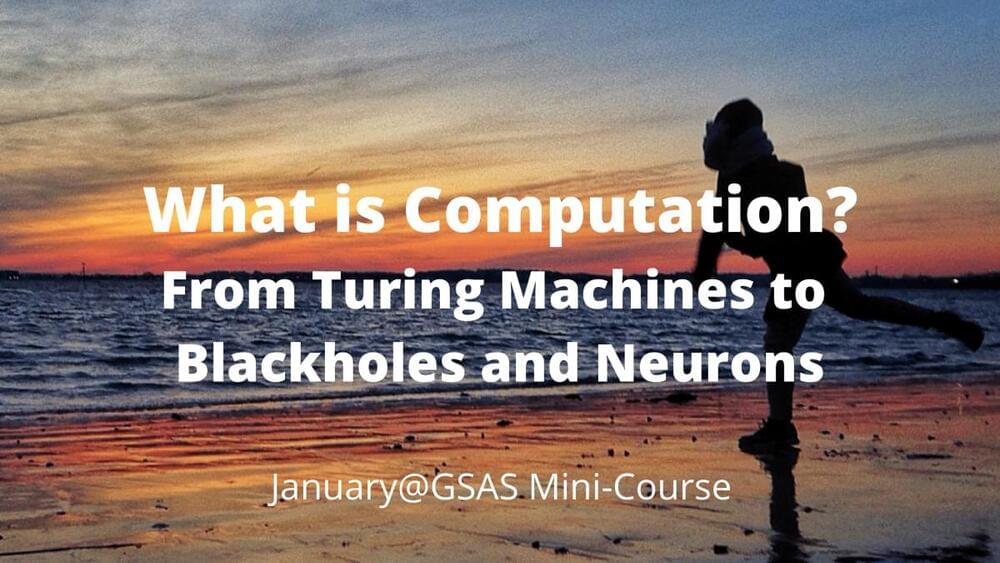
[Cross posted on Chi-Ning’s blog, the course is open also to non-Harvard people. Chi-Ning is my amazing grad student, who has worked on several aspects related to the course, including quantum computation and neurally-plausible computation. He assembled a great collection of guest speakers and so this course looks like it will be very exciting. Boaz]
In the following January, Harvard GSAS kindly supports me to offer a mini-course on “What is Computation? From Turing Machines to Blackholes and Neurons”. In this blog post, I’m going to share the motivation for teaching this mini-course and give an overview on what you will learn if you are interested in participating!
Computation is not an exotic word for people living in the 21st century. In high school, kids have to learn and do all sorts of computations in arithmetics (and some even start to write computer programs!). For scientists, computational methods become more and more common and sometimes even completely change the paradigm of a field. There are computers of different forms hiding in our daily life ranging from your smartphones to the toy of your pets. Also, from time to time we see excitement on the news about the development of quantum computing and artificial intelligence. Computation has become central in human civilization, however, do we really understand what computation is?
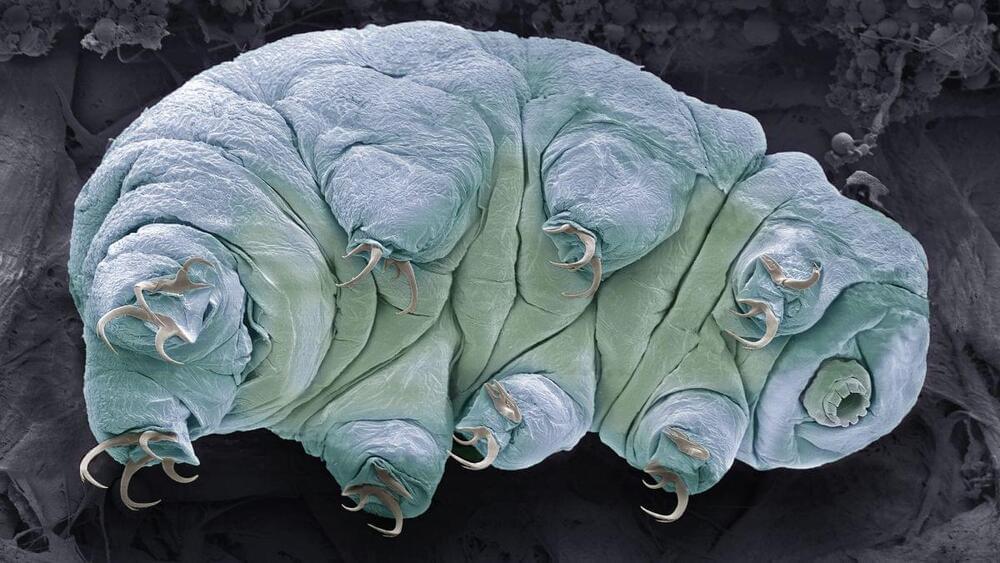

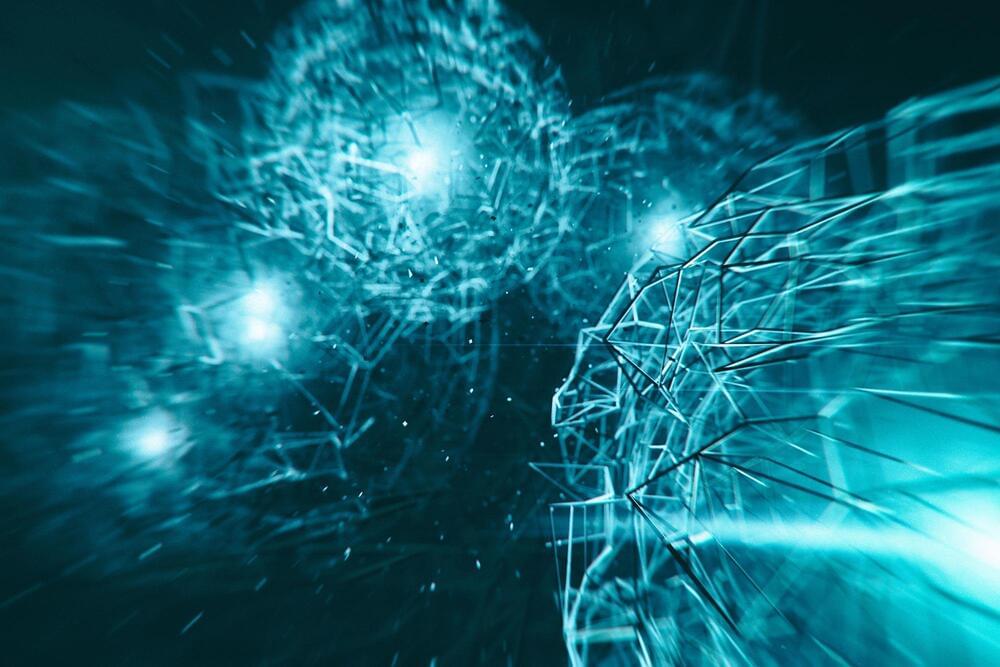
“Until now researchers have encoded and stabilized. We now show that we can compute as well.”
Researchers at QuTech—a collaboration between the TU Delft and TNO—have reached a milestone in quantum error correction. They have integrated high-fidelity operations on encoded quantum data with a scalable scheme for repeated data stabilization. The researchers report their findings in the December issue of Nature Physics.
Physical quantum bits, or qubits, are vulnerable to errors. These errors arise from various sources, including quantum decoherence, crosstalk, and imperfect calibration. Fortunately, the theory of quantum error correction stipulates the possibility to compute while synchronously protecting quantum data from such errors.